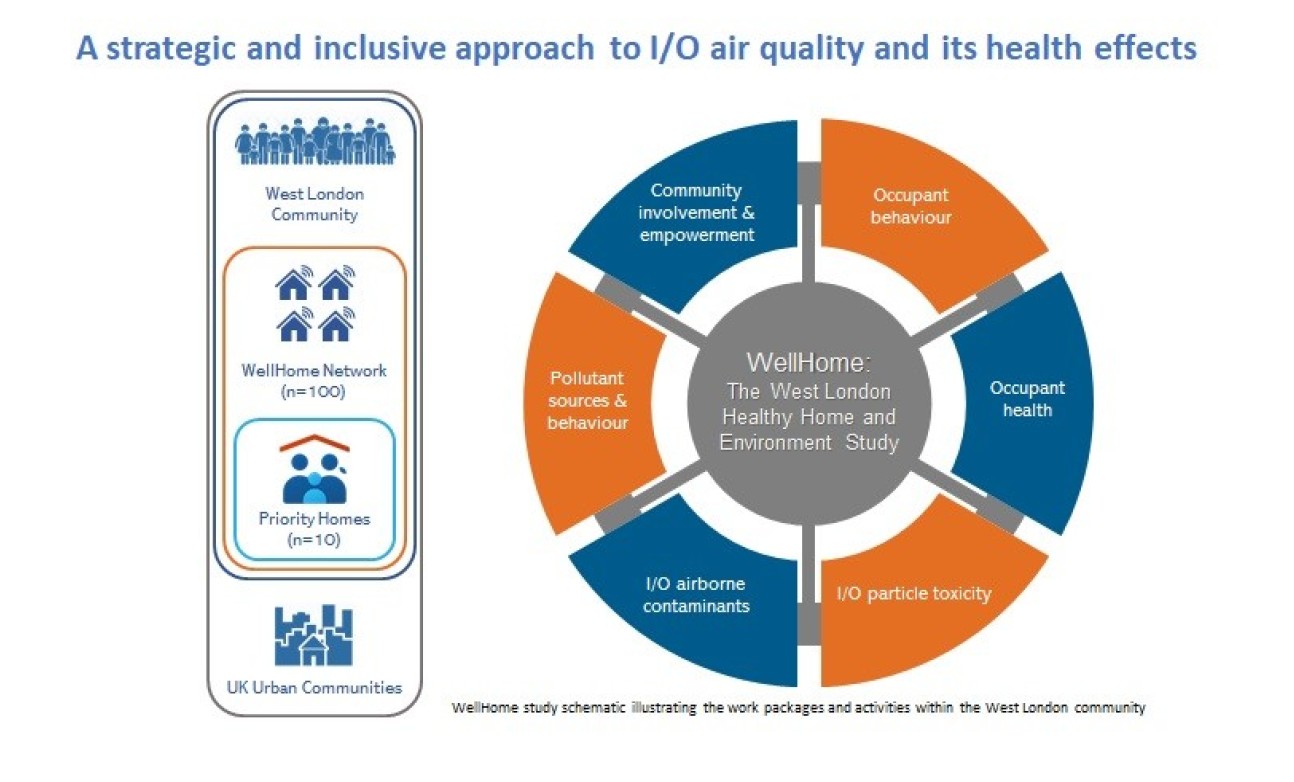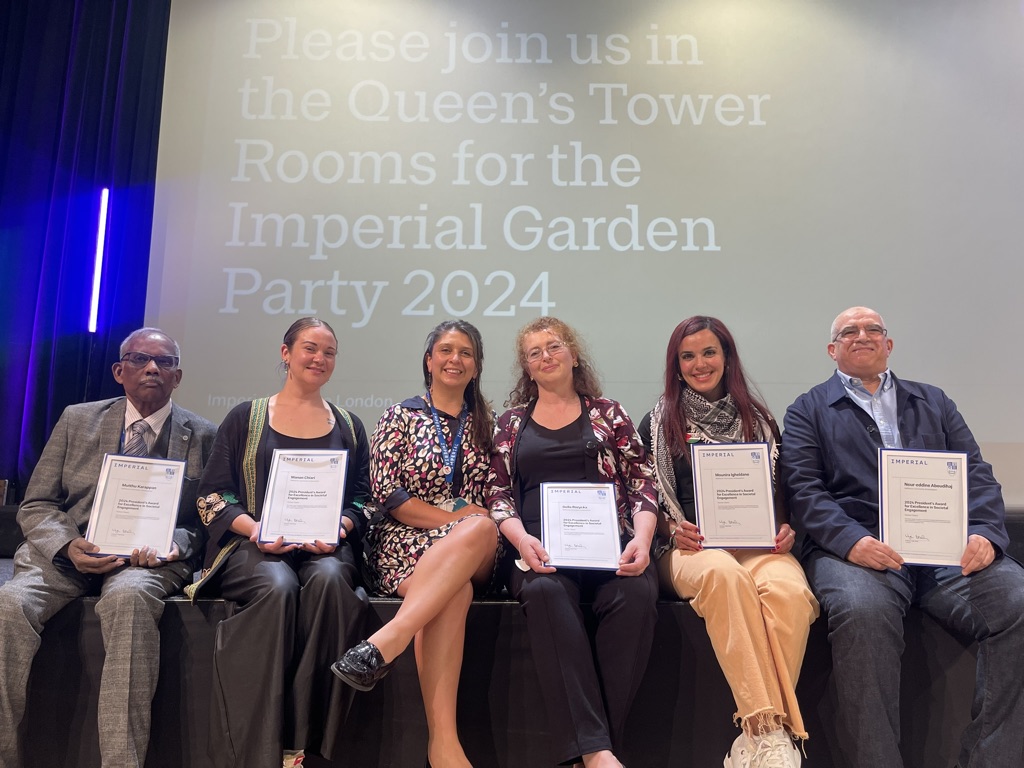 The science based study is set out across six work packages:
The science based study is set out across six work packages:
WP1: Establishing a community air quality research network
We will engage with the local community at White City to co-design the study and establish an online community air quality research hub. We will recruit a cohort of 100 households in the community to join the residential indoor and outdoor air quality sensor network. Our Cohort will have at least 50% representation from Black, Asian and minority ethnic residents across a range of socioeconomic classes and housing types. We recognise the rich diversity of cultures, ethnicities and backgrounds in West London for example Black/Black British and Asian backgrounds, in particular the Somali and Filipino community, and families where Engliash is not the only language spoken such as Somali, Arabic, Albanian, Spanish, Amharic and Portuguese.
WP2: Household exposure to gases and aerosols in the indoor: outdoor continuum
Work package 2 will utilise a comprehensive set of sampling techniques to quantify the exposure of the cohort inside their homes to a range of chemical and biological asthmatic triggers and other contaminants.
WP3: Quantitative profiling of social health inequalities and policy disconnects using toxicological paradigms
Collaboration in this work package will assess the relative hazard of indoor and outdoor air and evaluate the impact of candidate air pollution mitigation measures on a vulnerable asthmatic population.
WP4: Occupant understanding and behavioural factors in indoor air quality
This work package will explore occupant understanding of and behavioural factors in indoor air quality, using a mixed-methods programme including interviews, activity diaries and (national) public perception surveys.
WP5: Characterising sources and behaviour that reduce exposure in the West London community and minority ethnic asthmatic children in the UK
From the data collected, a model will be developed to understand how the behaviour of the residents in White City influences their exposure to air pollution. The model will also be expanded to estimate the exposure to ethnically diverse communities and children with asthma in the UK.
WP6: Harmonising the data and statistical analysis of relationships between exposures, behaviours and symptoms
This final work package draws together the many variables and outcomes gathered across the WellHome study requiring statistical analysis to manage the data. It will explore relationships and associations between the pollutant concentrations and behavioural, environmental, physical and health data.
WellHome Community Ambassadors Win Partner Award in President’s Excellence Awards for Societal Engagement
In a remarkable partnership with local families and community organisations, WellHome has been measuring air quality inside and outside over 100 homes in West London to better understand the causes and impacts of air pollution, particularly on children with asthma.
The WellHome Ambassadors have been instrumental in this initiative. Their contributions have been vital in building relationships, earning trust, and generating practical ideas for the WellHome Study. The Ambassadors come from all walks of life, representing West London's rich diversity.
Their role as trusted community contacts has laid the groundwork for future meaningful and equitable research, aligning with Imperial's strategy for authentic engagement. The full impact of their work is yet to be fully realised, but their foundational efforts are already making a significant difference.
Huge congratulations to all the winners and those working on the study.
Find out more about our Ambassadors.
Our ambassadors from L -R (image below) : Mutthu, Manon, (Dr Diana Varaden, Lecturer in Environmental Social Science and Health, and Lead on WellHome Study), Della, Munira and Nour.

